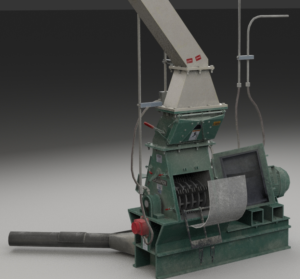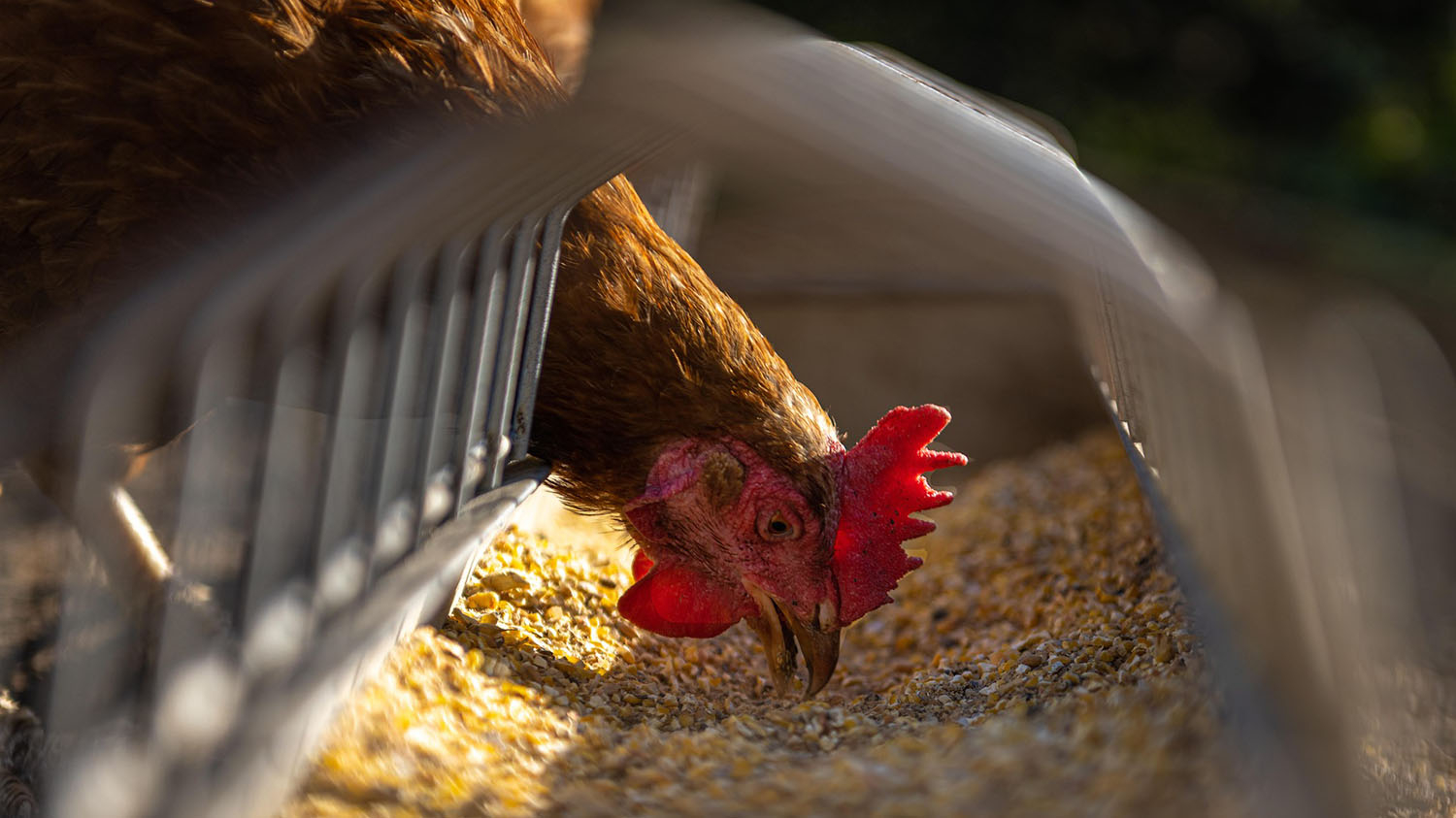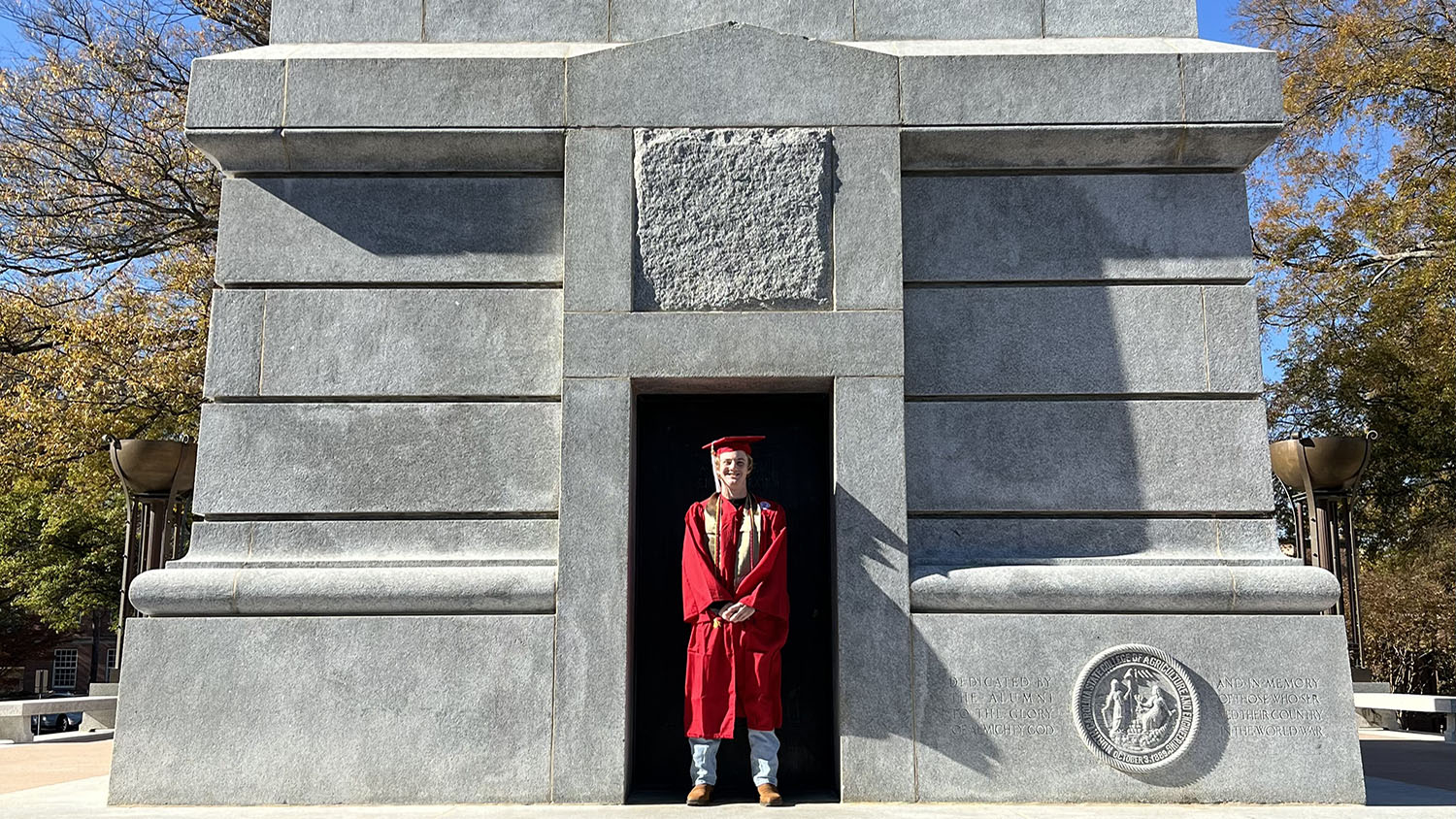FM 425 Works with DELTA to Create 3D Model Apps of Feed Mills
Students who were enrolled in classes involving hands-on labs were almost forced to go cold turkey with these types of experiential learning techniques when COVID-19 disrupted the global face-to-face educational system.
FM 425: Feed Manufacturing Technology is an example of one such class in which students used in-person lab work to examine the dark, noisy inner workings of hammermills and roller mills. If only there were apps that could shed some light inside these dark machines so they could clearly see the mechanics in action as part of their distance learning courses. Oh wait, that is exactly what the 2020-2021 DELTA Grant cycle just created for this required course in the Poultry Science: Technology program.

Area Specialized Agent Marissa Herchler Cohen and Associate Professor Adam Fahrenholz worked with a DELTA team headed by Assistant Director, Educational Media Donnie Wrights to convert face-to-face labs into web-based formats that would allow students to see inside the feed mills so they could understand how they work. Students come into this course with good content knowledge, but they lack industry experience needed to prepare them for real life experiences with feed mills. This DELTA Grant was also used to create an app for mixing and particle size analysis labs for the same course.
“For this grant, we created two 3D models of machines (hammermill and roller mill), to allow students an up-close experience that they could not have in real life. We also developed two web applications that simulate the process for (1) measuring particle size in the grinding stage and(2) determining appropriate mix times in the mixing stage of feed production,” clarified Wrights.
Feed Mill App Development
Wrights first drew wireframes — sketches that served as blueprints for the HTML prototypes in early development stages for rapid iteration. His sketches were also used to determine how the core elements of the app layout should flow. Each iteration introduced more content and functionality with both faculty and DELTA team members weighing in on changes while they were being made which provided valuable feedback and direction. This system kept the project on-track.
“It is important to use visuals as we start to identify app functionality and student interactions. Sketches provide the team with a common language,” explains Wrights.
In addition to Project Lead Donnie Wrights, the DELTA team was composed of Lead Instructional Designer Rebecca Sanchez, Lead Interaction Designer/Developer Benjamin Huckaby, Interactive Media DesignerAndrew Wiedner, Team Lead, Multimedia Development David Tredwell and Multimedia Specialist Stephen Waddell.
This project focused on creating an interactive lab experience to provide distance learning students with the same basic feed mill experience that their instructors taught in the face-to-face lab environment. Even when students were actually in the lab, it was difficult to see everything that was happening in these machines because there are many dark, tight spaces. In order to create the interactive 3D models that were linked in the app to give the students a more complete view of the real machines, Huckaby knew that many photographs of the equipment would be needed.
“I originally took 217 photos to be used in the 3D modeling aspect of this app development, and then realized that I needed even more,” said Huckaby.

This new app would have to support a wide range of 3D content with interactivity between things like 3D labels, toggling, animation states and an X-ray mode revealing internal components of the equipment. The DELTA team had to overcome challenges such as limitations on browser memory which necessitated a move from standalone but embedded prototypes to integrating the 3D content directly. Further creative solutions were developed for the animation used to move the roller mill belts because it was not supported by the format that the app used.
This DELTA Grant built on previous grants where the team created a feed mill layout tool, virtual feed mill tour, and augmented reality (AR) experiences showing the feed mill’s machinery such as a pellet mill and 500-pound mixer.
Particle Size Analysis App Development
In order to create a successful product for this lab, a creative solution to a responsive design challenge had to be developed. Instead of having one central focus with elements like a header and footer around it, this lab required the use of five different areas of focus along with peripheral elements. It was like having five smaller screens that needed to be arranged in relation to each other while having the ability to interact with each other.

Internal teams tested the app together during the development phase. Once they were functional, they were all reviewed individually. The final test and review of the app was conducted by the students enrolled in the class.
The DELTA team prioritized their work on this grant based on what the instructors and students in the course were struggling with the most due to the distance learning environment. But, they did not stop there as they provided plans for other labs that were not included in this grant.
“We felt it was important to break the particle size analysis lab down into its basic production steps. We developed simple illustrations to represent sieves and machines that are crucial to the in-person lab. To further engage students, we use a “drag and drop” approach that allows for on screen interactions. The app gives students unable to go to the feed mill an engaging simulation and for those that can go to the feed mill, it is a great review option,” concluded Wrights.
This post was originally published in DELTA News.


